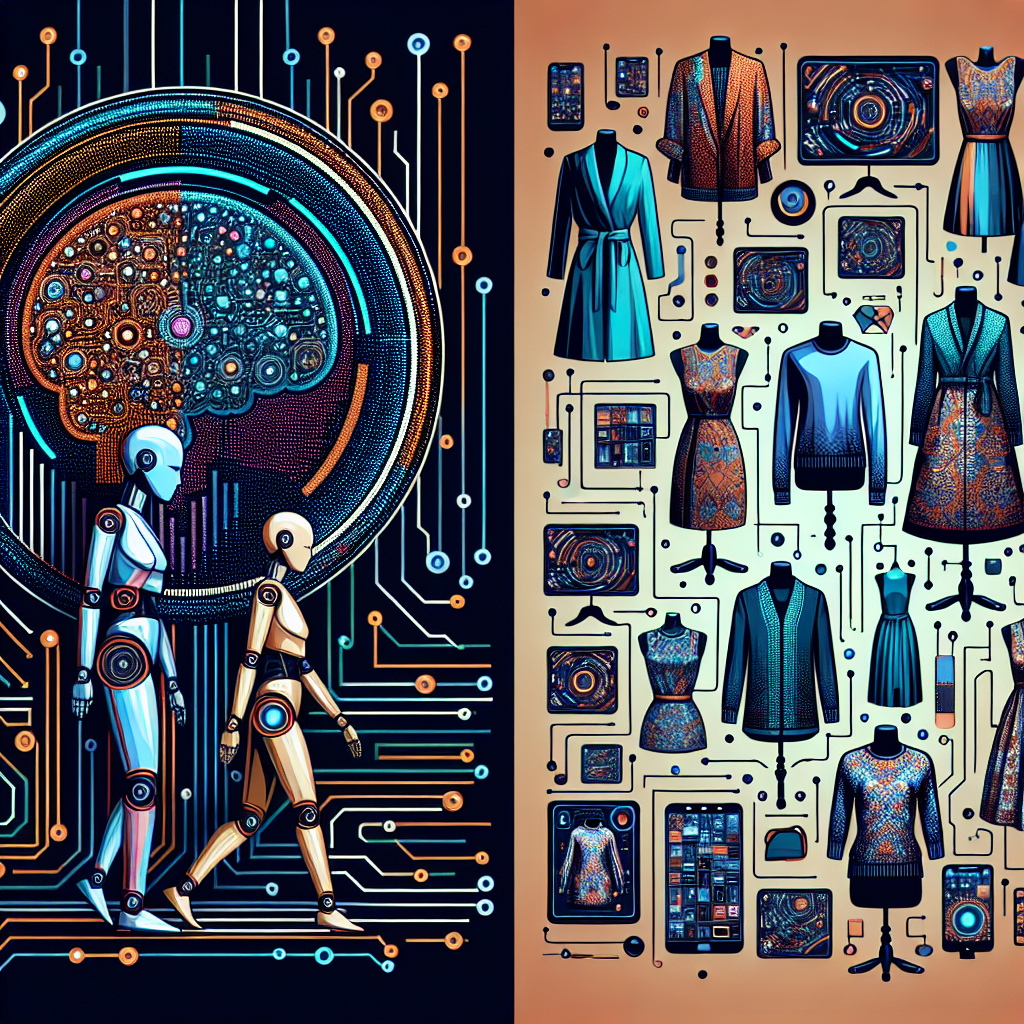Can AI Predict Fashion Trends Better Than Humans?
In recent years, artificial intelligence (AI) has made significant advancements in various industries, including fashion. From helping designers create new designs to predicting trends, AI has proven to be a valuable tool in the fashion world. But can AI really predict fashion trends better than humans? In this article, we will explore the capabilities of AI in predicting fashion trends and compare it to human prediction methods.
AI in Fashion Trend Prediction
AI algorithms are able to analyze vast amounts of data from various sources, such as social media, online shopping patterns, and runway shows, to identify emerging trends in the fashion industry. By using machine learning and deep learning techniques, AI can detect patterns and predict future trends with a high level of accuracy.
One of the advantages of using AI for fashion trend prediction is its ability to analyze data in real-time. This means that AI algorithms can quickly adapt to changing consumer preferences and identify new trends as they emerge. In contrast, human trend forecasters may take longer to analyze data and may be more prone to biases and subjective judgments.
AI can also take into account a wide range of factors that influence fashion trends, such as cultural events, economic indicators, and even weather patterns. By analyzing these complex relationships, AI can provide a more holistic view of the fashion industry and make more accurate predictions.
Another benefit of using AI for trend prediction is its scalability. AI algorithms can analyze a vast amount of data from a wide range of sources, making it easier to identify emerging trends across different market segments. This can help designers and retailers better understand their target audience and tailor their products to meet consumer demand.
Human vs. AI in Fashion Trend Prediction
While AI has shown great promise in predicting fashion trends, there are still some limitations to consider. One of the main challenges is the lack of creativity and intuition that AI algorithms possess compared to humans. Fashion is a highly creative and subjective industry, and human intuition plays a crucial role in identifying trends that resonate with consumers.
Human trend forecasters also bring a level of expertise and industry knowledge that AI algorithms may lack. Experienced trend forecasters can draw on their knowledge of fashion history, design principles, and consumer behavior to make informed predictions about future trends. This level of expertise can be difficult for AI to replicate, as it requires a deep understanding of the nuances of the fashion industry.
Another limitation of AI in fashion trend prediction is the potential for bias in the data. AI algorithms are only as good as the data they are trained on, and if the data is biased or incomplete, the predictions made by AI may be inaccurate. This can lead to a lack of diversity in trend predictions and may overlook emerging trends from underrepresented communities.
Despite these limitations, AI has the potential to outperform humans in certain aspects of fashion trend prediction. AI algorithms are able to process and analyze data at a much faster rate than humans, allowing them to identify trends more quickly and accurately. AI can also analyze data from a wide range of sources, providing a more comprehensive view of the fashion industry.
FAQs
Q: Can AI completely replace human trend forecasters in the fashion industry?
A: While AI has shown great potential in predicting fashion trends, it is unlikely to completely replace human trend forecasters. Human intuition, creativity, and industry expertise are still valuable assets in the fashion industry, and AI algorithms may struggle to replicate these qualities.
Q: How accurate are AI predictions in the fashion industry?
A: AI predictions in the fashion industry can be highly accurate, especially when analyzing large amounts of data from diverse sources. However, there are still limitations to consider, such as biases in the data and the lack of creativity and intuition compared to human trend forecasters.
Q: How can fashion designers and retailers benefit from using AI for trend prediction?
A: Fashion designers and retailers can benefit from using AI for trend prediction by gaining insights into consumer preferences, identifying emerging trends, and optimizing their product offerings. AI can help designers and retailers make data-driven decisions and stay ahead of the competition in a rapidly changing industry.
Q: What are some examples of AI applications in the fashion industry?
A: Some examples of AI applications in the fashion industry include trend forecasting, personalized recommendations, virtual styling tools, and supply chain optimization. AI algorithms can help designers create new designs, retailers improve their marketing strategies, and consumers find products that match their preferences.
In conclusion, AI has the potential to predict fashion trends better than humans in certain aspects, such as analyzing large amounts of data and identifying emerging trends in real-time. However, human intuition, creativity, and industry expertise are still valuable assets in the fashion industry, and AI may struggle to replicate these qualities. By combining the strengths of AI with human insight, fashion designers and retailers can make more informed decisions and stay ahead of the competition in a rapidly changing industry.

